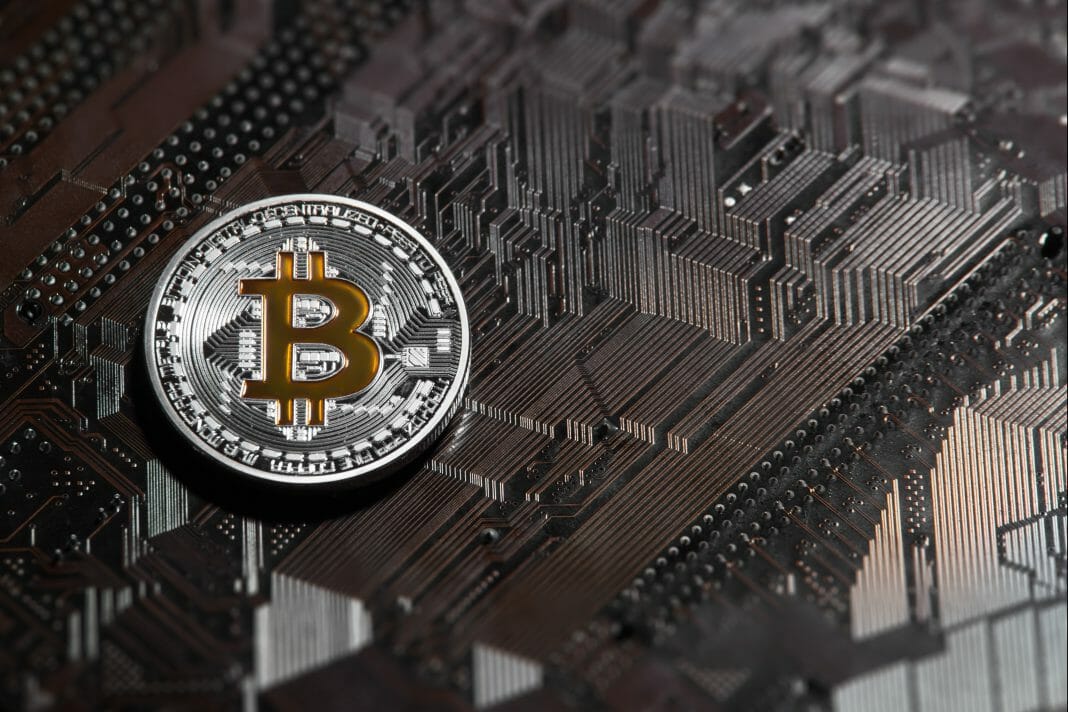Bitcoin mining industry builds on past knowledge and experience, preparing for a scalable future.
Trends can tell a lot about where any industry came from and where it’s headed.
In 2009, at the start of Bitcoin, people mined it from their laptops. Back then, there was no concern about issues like power consumption at scale, hardware vendors, and maximizing operational efficiency in massive data centers.
However, gradually Bitcoin mining grew and scaled, and trial and error provided opportunities to learn and create new innovations to help the industry grow.
Currently, 2022 has arguably been a challenging year for Bitcoin and the cryptocurrency industry in general, although the mining industry continues to grow.
Bitcoin mining is certainly going to be changing, as the following three trends shape the future of the cryptocurrency business.
Trend 1: renewable energy
Possibly the most talked about Bitcoin mining topic today, the fact is that mining rigs convert electricity into energy, and large-scale mining operations use a large amount of energy, up to 110 terawatt-hours per year, which is equivalent to the energy production of a small country.
One of the main trends in Bitcoin mining today is the shift towards more renewable energy sources, instead of carbon-based energy.
Even when some argue that dirty sources like coal are cheaper, this is actually not true, as 90% of hydro, 75% of wind, and 40% of solar are still less expensive than the fossil fuel option.
Increasing the use of renewable energy will be beneficial in the long term, both for the industry and for the plant, so in the short term, although the profitability is very high, miners must actively consider their energy source.
Trend 2: immersion cooling
Mining operations have always needed ways to keep their data centers cool, due to excessive heat production. An emerging trend is the use of immersion cooling, which involves placing miners in a bath of oil-like liquid, which is then circulated through cooling towers from the heat. This method ensures that valuable mining equipment does not come in contact with outside air, as dust or moisture can degrade the hardware.
Considering that miner prices are very high these days, it is more profitable to max out limited mining hardware to squeeze out any performance capacity. The best way to do this is to submerge the miners, as the cooling capacity of the immersion liquid is much greater than that of air.
Immersion cooling has been found to reduce operating expenses by up to 33%. Obviously setting up such an immersion requires much more experience to build and operate than the more traditional air-cooled setup.
The number of companies that rely on immersion for their constructions is increasing; with this, the industrial sector is growing rapidly.
Trend 3: Chip Shortage
Demand for semiconductor chips has increased 17% since 2019 for use in cars, phones and tablets, home healthcare devices, AI and more, and for mining rigs. However, supply has not increased to meet that demand, even though semiconductor manufacturers are producing at 90% capacity.
Certain chips in demand could leave companies waiting up to a year for a supply. This means that making short-term decisions is not an option at this time. Mining companies need to plan their operations about a year in advance through a robust model of the mining ecosystem, order early, and wait.
Overall, these trends point to some big things happening within the Bitcoin mining industry. Bitcoin miners are learning what works and what doesn’t and are focusing on making innovations or adopting new practices to evolve. Additionally, Bitcoin mining has become a resilient industry that, despite current market challenges, is trending in the right direction.
By Audy Castaneda











